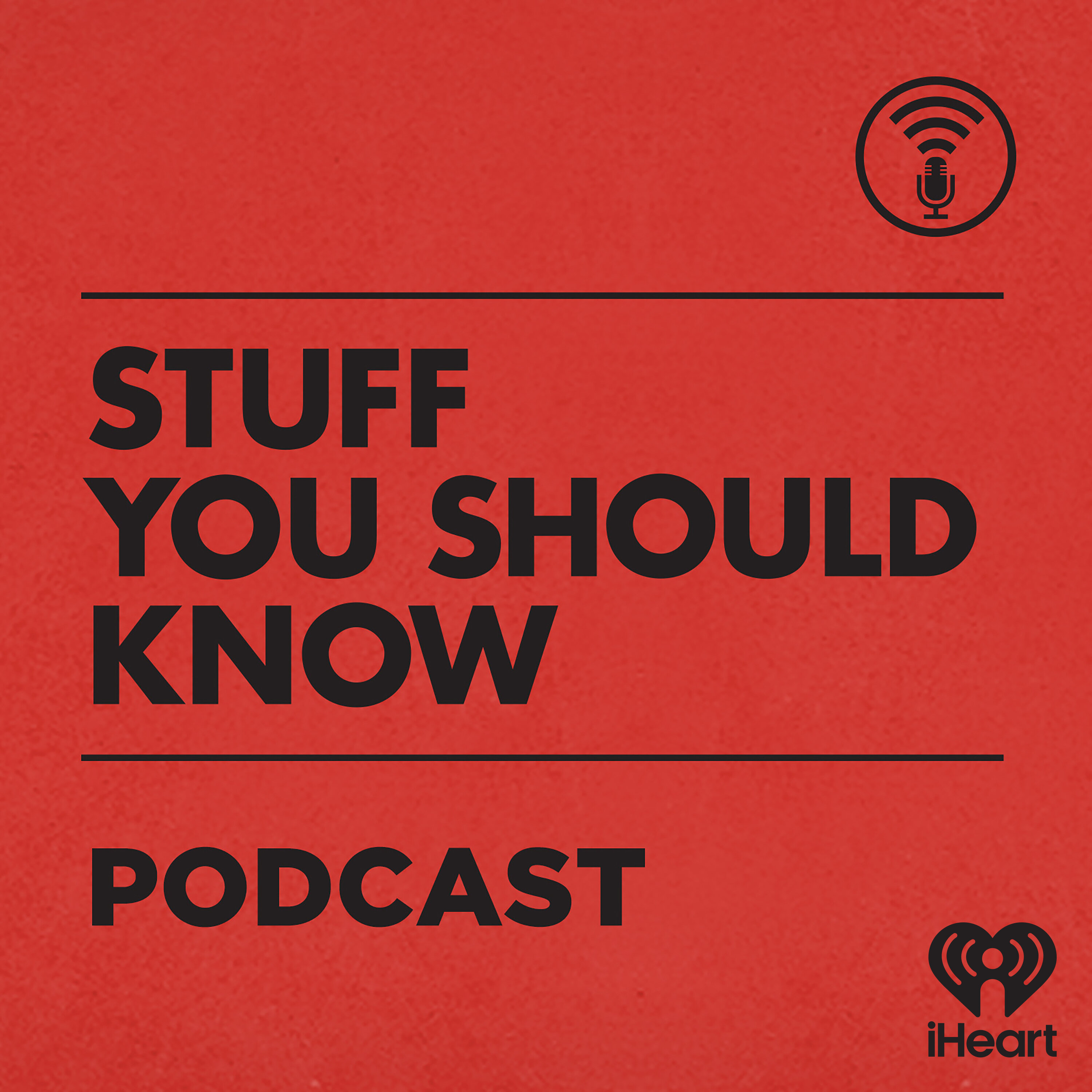We're sunsetting PodQuest on 2025-07-28. Thank you for your support!
Export Podcast Subscriptions
Short Stuff: Tarring and Feathering
2024/8/14

Stuff You Should Know
Josh和Chuck讨论了焦油与羽毛刑在殖民时期美洲的起源和演变。起初,这种刑罚用于惩罚罪犯,但后来被自由之子等革命团体利用,作为一种针对那些不支持他们的人的惩罚手段。他们详细描述了焦油与羽毛刑的实施过程,包括剥光衣服、涂抹热松香、覆盖鸡毛以及游街示众等步骤。他们还强调了这种刑罚的残酷性,热松香会灼伤皮肤,造成水泡,虽然没有证据表明有人因此死亡,但这是一种极其痛苦的经历。他们还讨论了这种刑罚的象征意义,它不仅仅是一种身体上的折磨,也是一种对受害者社会地位的侮辱和贬低。
Josh和Chuck讲述了几个著名的焦油与羽毛刑案例,包括1774年波士顿海关官员约翰·马尔科姆的案例以及1766年弗吉尼亚州诺福克市海船船长威廉·史密斯的案例。他们分析了这些案例中受害者的背景和行为,以及施刑者的动机和目的。他们指出,焦油与羽毛刑的受害者通常是那些不忠于革命、效忠英国王室的人,但上层阶级通常不会成为目标。他们还探讨了这种刑罚在社会等级制度中的作用,以及它与决斗等其他报复方式的异同。最后,他们提到了1981年阿拉巴马州发生的一起现代焦油与羽毛刑事件,这表明这种暴力的形式即使在现代社会也可能出现。
Deep Dive
Tarring and feathering, a brutal form of punishment and public humiliation, was prevalent in colonial and revolutionary America. It involved stripping someone, applying hot pine tar, and covering them in feathers before parading them through town. While seemingly a relic of the past, a shocking incident in 1981 Alabama proves this barbaric practice isn't entirely extinct.
- Tarring and feathering was used in colonial America as punishment and mob justice.
- Hot pine tar, which could burn skin, was applied to the victim's body.
- Feathers were then added, and the victim was paraded through town.
- The practice aimed to inflict both physical pain and public humiliation.
Shownotes Transcript
Being tarred and feathered is an old trope in America, but the actuality of it was pretty brutal, not the least of which included burning skin. Let's dive into history - now!
See omnystudio.com/listener) for privacy information.